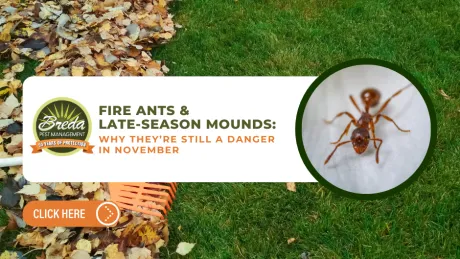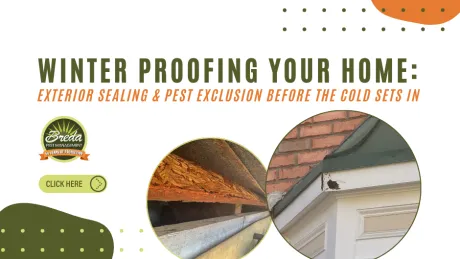Termites are a homeowner’s worst nightmares, causing structural damage that can cost thousands in repairs. Worse, because they make their nests underground and inside the foundations of the home, many homeowners don’t become aware that termites are there at all until the damage is already done.
To save yourself money, time, and a lot of headaches, the key is to prevent termite infestations before they happen. Here are a few strategies homeowners can use to protect their homes against termite infestations:
Look for the Signs
One of the main reasons that termite infestations cause so much damage to homes is that they can easily go unnoticed by homeowners until it’s too late. If you want to save yourself from costly repairs in the future, you have to be vigilant now.
One of the biggest warning signs is the presence of discarded wings. When a new king and queen leave their original colony to form a new one, they grow wings and form a mating swarm. After finding a suitable location, they shed their wings and mate. If you see discarded wings in or around your house, it could be an indicator of an infestation.
The presence of termite tunnels is another tell-tale sign of termite presence. Be on the lookout for small holes in wooden walls or floors, particularly if sawdust-like material is present nearby. Frass, a form of termite excrement, resembles sawdust, and its presence near small holes can be a good indicator that termites are tunneling into your home.
Likewise, be on the lookout for cracking or blistering paint on the walls. When termites dig into wood, they push the wood surrounding their tunnels outward, causing the paint on the surface to shift accordingly. Long paint cracks are a good sign that termites have made a home in your walls.
Check Problem Areas
Now that you know some of the key indicators to be on the lookout for, make sure to check your home’s most vulnerable areas.
Like many insects, termites prefer moist places near ample food supplies to make their colonies, so be mindful of hazards near your home, like leftover wood from landscaping work. If any is nearby, recycle it or otherwise remove it from the premises.
Inside the house, be aware of leaking pipes over wood flooring, which can form an ideal environment for termites. Your basement may be at particular risk in this regard, so perform a thorough inspection for any of signs of infestation.
Perform a check on wooden, non-hollow walls around the house by knocking on them. A solid wall should produce a solid “thunk” sound when you knock it; if you hear a hollow or echoey noise instead, it may be due to termite tunnels within.
Remove wood-to-ground contact areas in or around your house, as these make easy access points for termites. Cut off the base of any wooden lattice work around your house, and, if possible, put a concrete base on wooden struts or or structures that touch the ground. For the best results, try to maintain at least six inches between the ground and anything made of wood attached to your home.
Go on the Defensive
If you think your home is at risk, there are a few steps you can take to defend yourself.
First, invest in termite bait. While slow-acting, termites will carry the bait deep within the nest, unknowingly poisoning the entire colony. Both above-ground and below-ground baits are effective. For the best results, surround the entire perimeter of your home with baits, placing each bait roughly 10-12 feet apart from the next.
Also invest in fast-acting liquid termiticide. This will kill any termites it comes into contact with on the ground, and will protect your home from any termites that run into it while trying to burrow into your home. If possible, you can push the effectiveness of liquid termiticide further by creating a small trench around your home, creating a natural barrier that can funnel termites directly into the heaviest concentrations of termiticide.
Call a Professional
If you know you have a termite problem, or have suspicions of one, you should call a professional to inspect your property to avoid serious property damage. Do-it-yourself methods can mitigate some of your risks, but the average homeowner simply doesn’t have the means to fully protect him or herself from a full-blown termite infestation.
While a professional exterminator may cost more up-front, the money you save from repairs will more than make up for it. A professional exterminator will also be able to fortify your home’s termite defenses, keeping it safe well into the future.
Part of preventing termite infestations is knowing what to look for. For more information about termites, termite behavior, and some of the tell-tale signs that your home might be under attack, download our free ebook, The Lifecycle of a Termite Colony.



